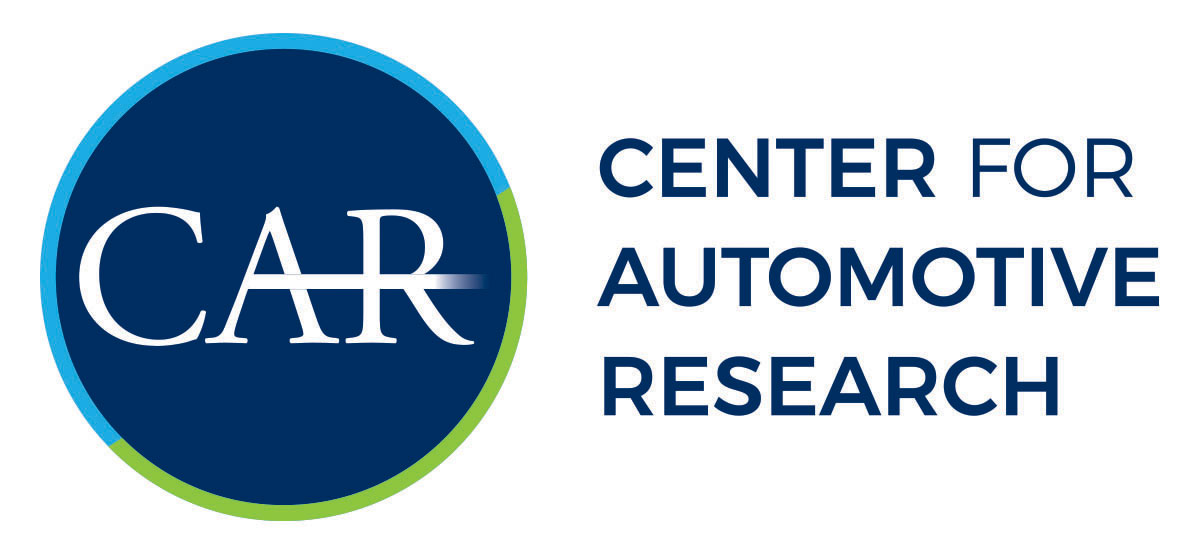A Brief Review of Proposed Rulemaking: The Revised 2023 and Later Model Year Light-Duty Vehicle Greenhouse Gas Emissions Standards
Download NowFull Description:
On 10 August 2021, the U.S. Environmental Protection Agency (EPA) published the Proposed Revision to the 2023 and Later Model Year Light-Duty Vehicle Greenhouse Gas Emissions Standards. The Notice of Proposed Rulemaking functions as a revision to the regulations for the model years (MY) 2023-2026, which the Trump Administration’s Safer Affordable Fuel-Efficient (SAFE) Vehicle Rules established for Model Years 2021-2026. As with the previous rulemaking, the EPA welcomed comments from relevant industries and organizations. The comment period for the Proposed Rule lasted until 27 September 2021 and included a virtual public hearing held on 25 August 2021. The EPA is expected to announce a final rule by the end of 2021.
Not surprisingly, elements of the Biden Administration’s Proposed Rule reverse many elements of the Trump Administration’s SAFE Rule. It is worthwhile to note that while there was a wide range of reactions to the SAFE Rule, most comments submitted for the 2021 Proposed Rule have been supportive of the proposed revisions—with some notable exceptions. It is also important to note the current Proposed Rule was individually published by the EPA and not jointly with the National Highway Traffic Safety Administration (NHTSA). Recent proposals and subsequent rules have been developed jointly between EPA and NHTSA. The shift to separate rules may indicate growing differences between the two rule-making entities. The industry has strongly supported EPA and NHTSA to develop a single coherent rule.
In the Proposed Rule, the EPA presents and analyzes standards at three levels: The (preferred) proposed standard, a more stringent standard, and a less stringent standard. This paper presents key points of the proposed standard and provides a sample of key stakeholder reactions. However, it is possible—even likely—that the EPA’s final implemented ruling will include elements beyond what has been proposed.
The Proposed Rule intends to supplement the current Administration’s decarbonization goals through the implementation of more stringent emissions regulations. The EPA recognizes that achieving the Administration’s goals will be difficult, and compliance from automotive manufacturers may require increased flexibility. While some organizations may directly benefit from more flexible regulations, others argue that the flexibilities will hinder progress towards emissions reduction.
Download Now